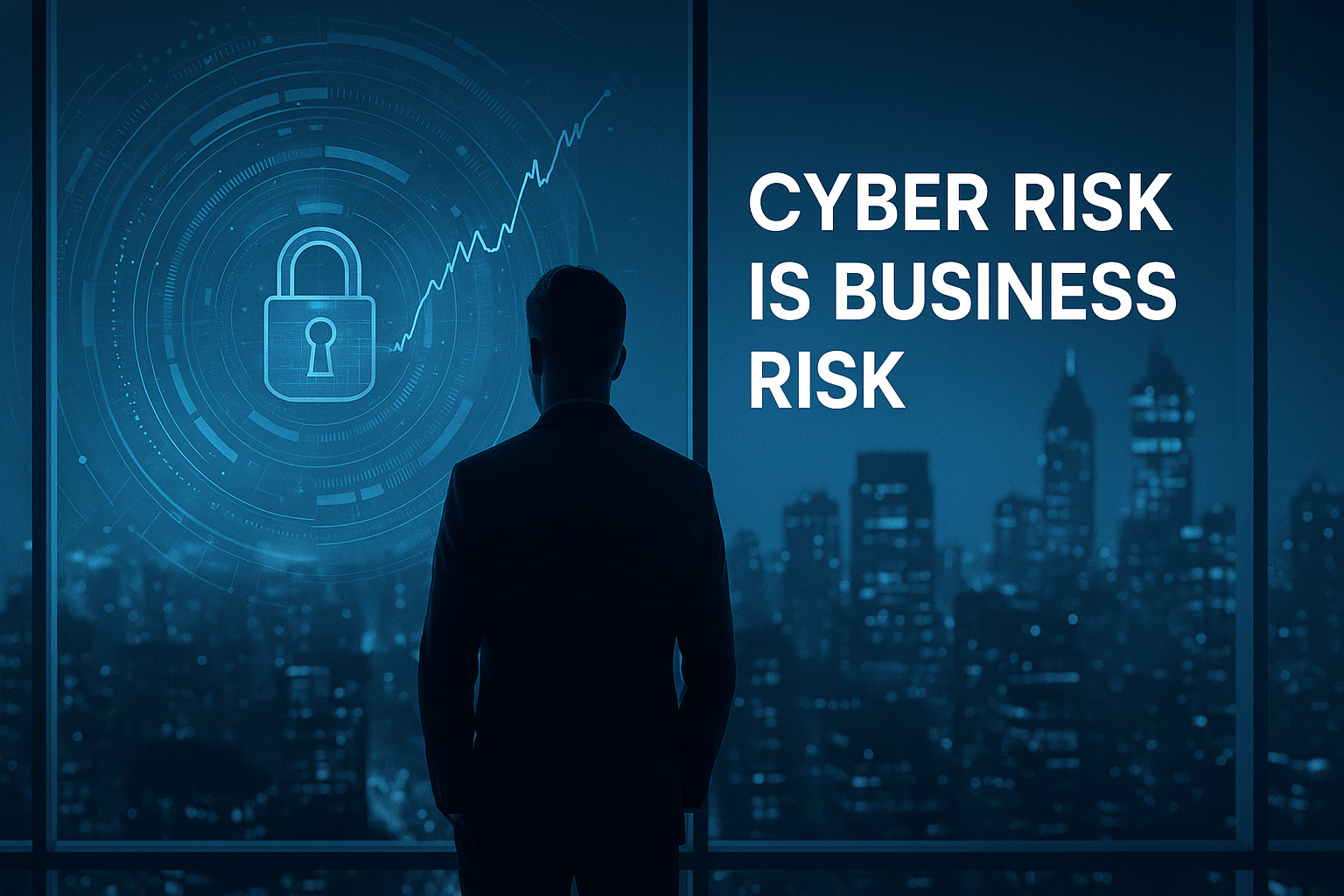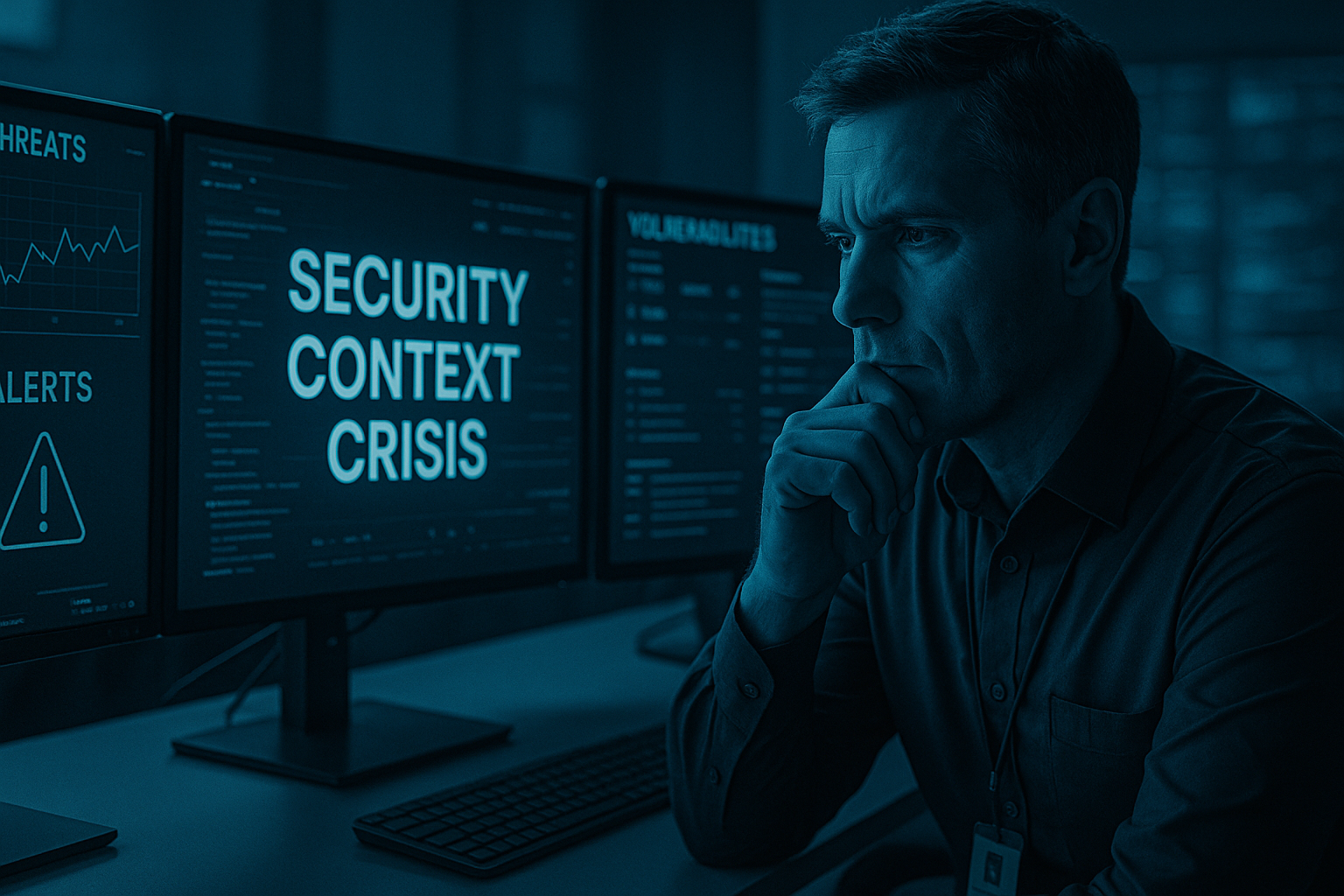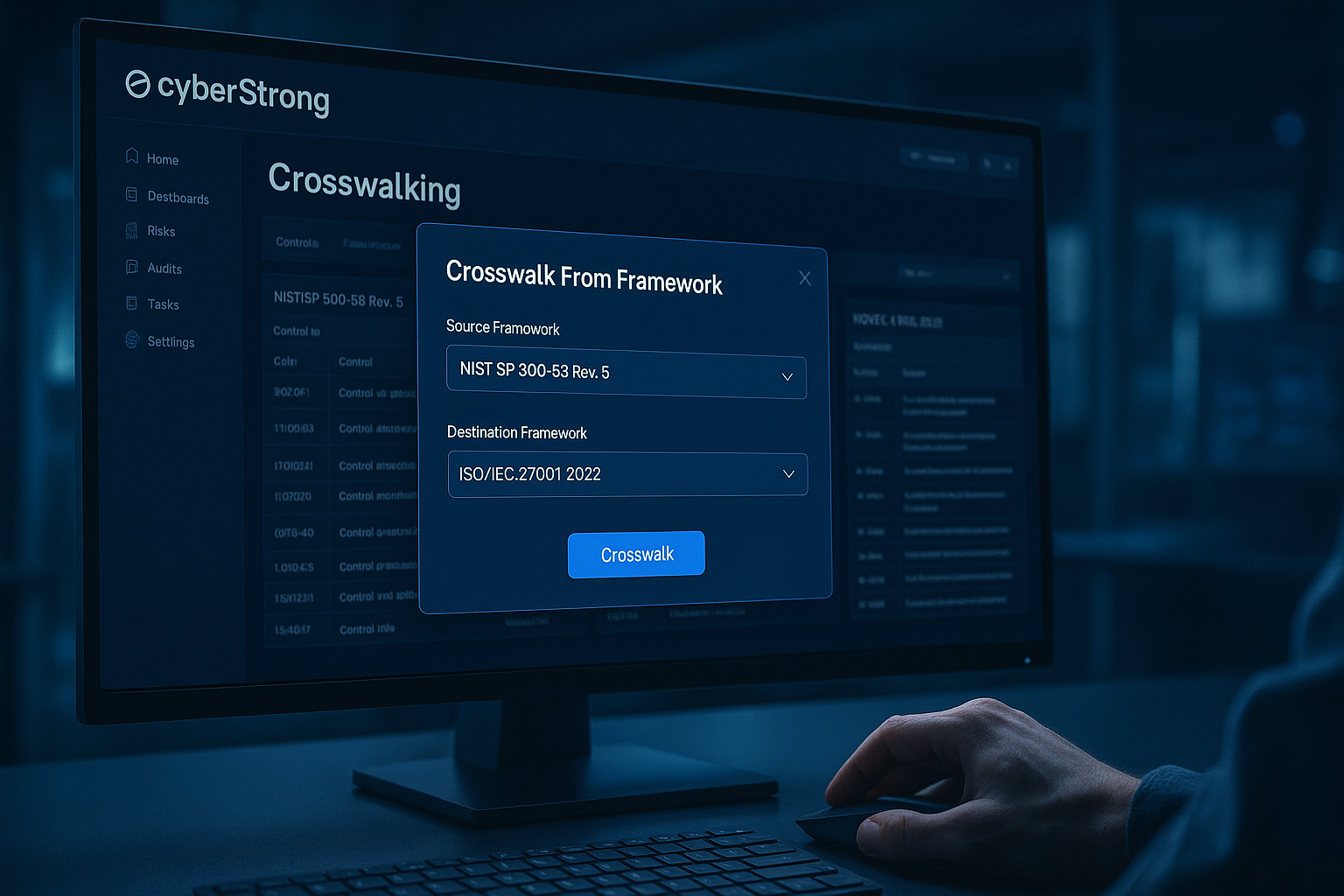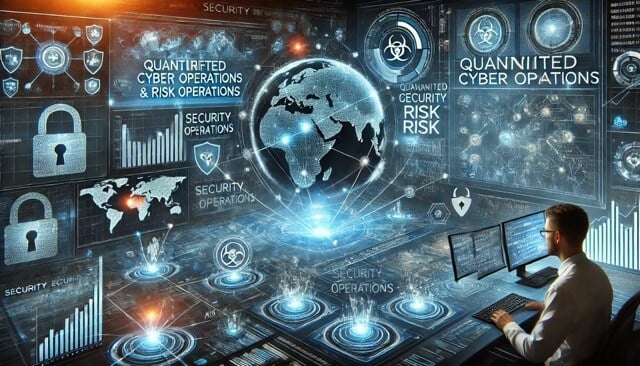Cybercrime has forced businesses worldwide into paying billions of dollars yearly. As more of the population becomes dependent on technology, the fear of cyber attacks continues to grow.
Protecting organizations and businesses has become the top priority which is why a cyber security maturity model is needed.
A cybersecurity maturity model guides organizations to evaluate their cybersecurity levels and identify weak security. Cybersecurity helps protect sensitive data and safeguards the organization's reputation, boosts productivity, ensures business continuity, and assists regulation compliance.
These maturity models can also help with the following:
- CISO board reports: Chief Information Security Officer (CISO) board report is an in-depth summary of the business risks of an organization.
- ROSI (return on security investment): Maturity models help calculate annual return on security investments.
- Proactive risk management: These models help identify areas of improvement, encouraging the business to run risk assessments continuously.
Maturity Models that Help Protect Organizations
CMMC
The US Department of Defense (DoD) has worked on a security framework called the Cybersecurity Maturity Model Certification (CMMC) which evaluates defense contractors' and subcontractors' resilience, capability, and security.
The goal of the CMMC framework is to protect the supply chain from vulnerabilities and bolster security practices. Initially, the Department of Defense created the CMMC to defend itself and its constituents from data breaches that put controlled unclassified information (CUI) and federal contract information (FCI) at risk.
The CMMC is built on four elements, which include:
- Control practices
- Security domains
- Process
- Capabilities
These elements act as risk-proof protection for the US Department of Defense. The DoD designed the CMMC with a tiered approach; this encourages contractors to utilize and incorporate various cyber practices to reach successive CMMC certification levels.
NIST CSF
The National Institute of Standards and Technology Cybersecurity Framework (NIST CSF) provides small-to-medium-sized businesses with a framework to boost their cybersecurity. The NIST CSF was released in 2014 and later revised in 2018. NIST developed the framework to facilitate cybersecurity risk management for critical infrastructures, but any business, regardless of industry, can use it.
The NIST framework provides four focus areas to identify a company's maturity. These implementation tiers offer a context of a company's cybersecurity and how well it exhibits the qualities of the NIST CSF.
Each area of focus helps an organization identify how mature its organization is and how well it can stop threats. As a business, you should aim to have an in-depth defense with added layers of security control.
Continue reading to find out which NIST CSF implementation tier your organization is currently in:
-
Tier 1 (Partial)
The organization does not have any security protocol. These businesses have zero cyber maturity. Companies in Tier 1 need to understand cybersecurity risks at a deeper level. If your business needs to have the appropriate budget, staff, or time investment, Tier 1 is a good introduction point.
-
Tier 2 (Risk Informed)
Businesses in this tier understand risks and have been working on compliance requirements. However, they might only partially be working on all security concerns or implementing the right policies throughout their business. Most organizations in this tier have a fair idea about their cybersecurity needs but need more time to address them.
-
Tier 3 (Repeatable)
This tier is for organizations with an established risk management program who are following the best cybersecurity practices. These businesses are primarily prepared for any cybersecurity risk or threat and know how to address vulnerabilities. Tier 3 businesses typically work with external organizations to safeguard themselves against competitors.
-
Tier 4 (Adaptive)
Organizations in Tier 4 make use of modern cybersecurity practices. Adaptive security is vital in cybersecurity as it looks at cyber events and behaviors to learn from and improve risk management. Such organizations continuously assess risk and enforce policies based on past practices and experiences.
C2M2
The Cybersecurity Capability Maturity Model (C2M2) acts as a tool to assist businesses in evaluating their cybersecurity and boosting security investments. C2M2 uses industry-vetted practices that pay special attention to IT (information technology) and OT (operations technology) environments and assets.
C2M2 was developed in 2012 by cybersecurity and energy industry experts and backed by a White House initiative that heavily relied on understanding the security of the electrical industry.
The energy industry developed the C2M2 but organizations of any size or industry can adopt the C2M2.
Here are some C2M2 goals:
- Boost cyber posture
- Measure cyber capabilities
- Encourage the sharing of knowledge
- Give priority to investments and actions
C2M2 has 350 cybersecurity practices divided into ten logical domains based on their objectives. Every practice is given a maturity level indicator (MIL) that shows how far a practice has developed inside a domain.
C2M2 domains include:
|
C2M2 Goals |
Action |
|
RESPONSE |
Event and Incident Response, Continuity of Operations |
|
THREAT |
Threat and Vulnerability Management |
|
THIRD-PARTIES |
Third-Party Risk Management |
|
ASSET |
Asset, Change, and Configuration Management |
|
WORKFORCE |
Workforce Management |
|
ACCESS |
Identity and Access Management |
|
SITUATION |
Situational Awareness |
|
PROGRAM |
Cybersecurity Program Management |
|
ARCHITECTURE |
Cybersecurity Architecture |
C2M2 measures progression using maturity levels, including MIL1, MIL2, and MIL3. MIL1 includes practices that are performed but can be ad hoc, while MIL2 consists of documented procedures in which sufficient resources are given to boost domain activities.
Lastly, MIL3 is when personnel is responsible and accountable for practices. This level tracks and evaluates all activities.
6 Stages of Cyber Risk and Compliance Automation
Cyber risk automation is possible for any organization. Regardless of maturity, the following is a six-stage process that scales with the company and incorporates visibility into all risk and compliance data.
-
Stage 1 - Initial:
In the initial stage, organizations are looking to check the compliance box rather than mitigate their overall risk and strengthen their security posture. Merely meeting compliance is dangerous as it needs to consider the processes through which risk is mitigated fully. -
Stage 2 - Developing:
The organization can identify risks. The security teams have established credibility with their cybersecurity programs so that leadership is on board with funding risk automation. -
Stage 3 - Defined:
Leadership within an organization supports formal strategic planning for risk management. Processes are put in place for assessing risk, but the methods are still manual. At this point, the security team owns the risk and compliance process, and leadership understands the strategies in place. -
Stage 4 - Managed:
There is regular, consistent executive-level reporting from the risk and compliance team. Within the organization, risk-aware and cyber-aware culture is a priority. The organization has more awareness of what it wants to track concerning KPIs and KRIs - this could be based on industry or be specific to their organization. -
Stage 5 - Optimizing:
The executives and board have no conflict with the risk and compliance process. The organization is fully integrated with strategic decision-making. Management drives data governance. Reports are used to help inform decision-making. An IRM solution has to be present at this stage to scale assessments quickly without re-assessing all the controls. -
Stage 6 - Dynamic:
The cybersecurity program has reached its peak. Your automated solution drives decisions around controls with automated reporting. Human intervention may still validate risk data. Still, the management solution collects data about risk nearly everywhere, and that data needs to be involved in adjusting cybersecurity posturing dynamically.
Wrapping Up
Aligning with a maturity model will help an organization understand the progress that can be made with its cybersecurity program and where it stands. It will guide them through the steps of its framework to build cyber resilience and proactively manage against growing cyber threats.
Contact us to learn how CyberStrong can streamline your alignment with maturity models like CMMC and the NIST CSF.





.png)
.png)
.png)
%201.png)
.png)




